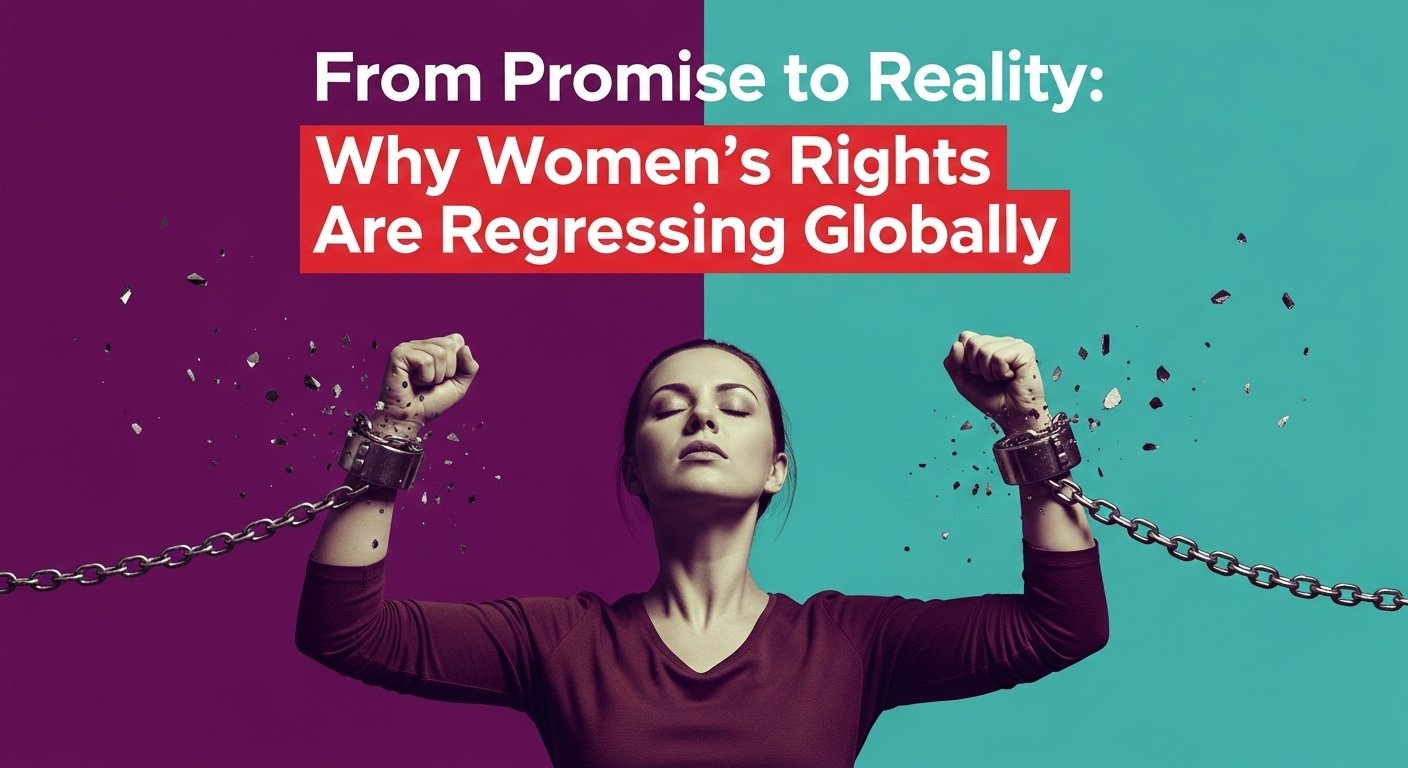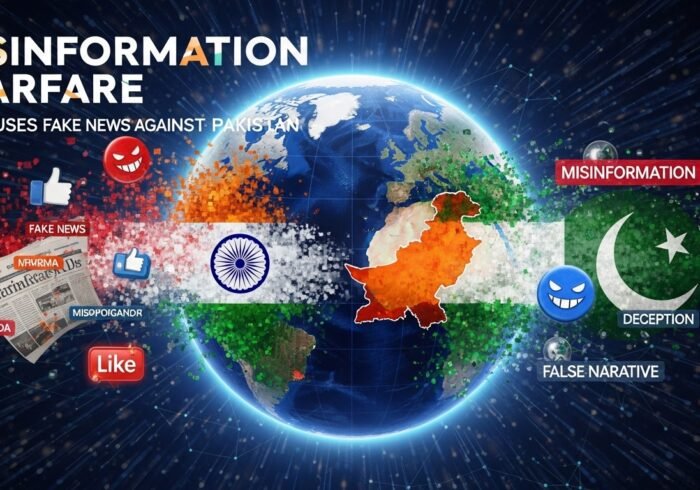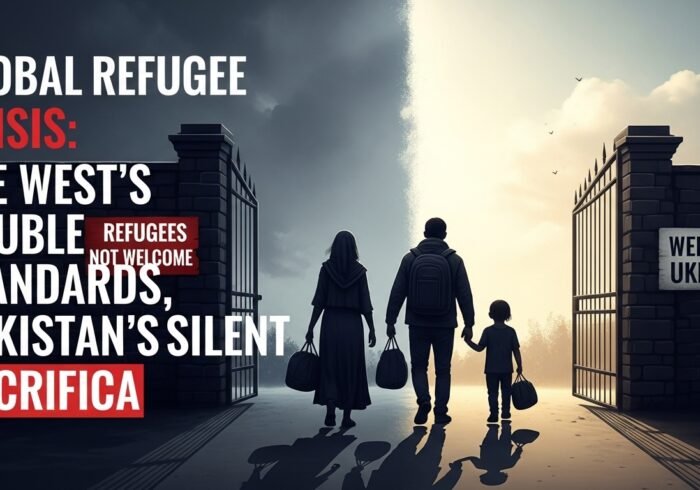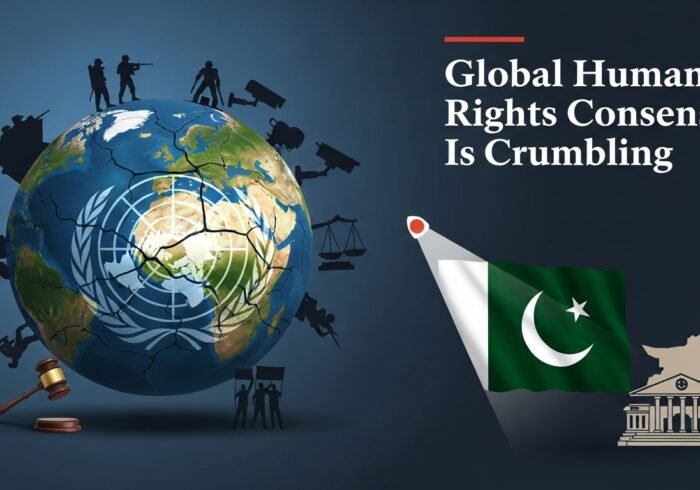thirty years ago, in 1995, 189 governments gathered in Beijing and adopted what became one of the most ambitious international commitments to gender equality: the Beijing Declaration and Platform for Action. It was hailed as a turning point in history — a promise that the world would work to remove barriers to women’s participation in all aspects of life.
Yet, three decades later, global leaders and the United Nations warn that progress has been “painfully slow” and in some cases is even sliding backward.
The Global Reality in 2025
Recent reports from the UN and Reuters (Sept 2025) highlight that:
-
Education and Employment: Women still earn nearly 20% less than men globally. In low-income countries, girls are twice as likely as boys to be out of secondary school.
-
Political Representation: Women now hold just 26.9% of parliamentary seats worldwide (Inter-Parliamentary Union, 2024). Only a handful of nations — like Rwanda and Mexico — have achieved near gender parity in their legislatures.
-
Healthcare and Reproductive Rights: Rollbacks in the United States, such as the curtailment of reproductive rights, have raised alarm over how fragile previous gains are. In parts of Africa and Asia, access to maternal healthcare remains limited.
-
Violence Against Women: According to UN Women, 1 in 3 women worldwide experience physical or sexual violence in their lifetime. In conflict zones such as Gaza, Sudan, and Ukraine, women face violence at catastrophic levels.
In short, the promises made in Beijing remain unfulfilled, and in some regions the situation is deteriorating.
Why This Matters
Women’s rights are not just a moral issue — they are directly tied to global development. The World Bank estimates that achieving gender equality in employment could add $172 trillion to the global economy. Research also shows that societies with higher women’s participation in governance are more peaceful and resilient.
When women are excluded, societies lose not just half their talent but also the chance for inclusive growth.
Pakistan’s Perspective
Pakistan has had a complex journey regarding women’s rights:
-
Progress Made: Pakistan was the first Muslim-majority country to elect a female Prime Minister (Benazir Bhutto, 1988). Legislative steps such as the Protection against Harassment of Women at the Workplace Act (2010) and reserved seats in the parliament are significant milestones.
-
Education Gains: Female literacy rates have improved, and women now outnumber men in some universities, particularly in medical education.
-
Challenges Remain: Despite legal frameworks, enforcement remains weak. Rural women still face structural barriers in education, healthcare, and employment. Cultural norms in conservative regions restrict women’s autonomy.
-
Global Role: Pakistan consistently highlights women’s empowerment in international forums. Yet, the challenge lies in ensuring that commitments translate into action at the grassroots level.
By investing in education, microfinance for women entrepreneurs, and local political representation, Pakistan can demonstrate that progress is possible in the Global South, even when global trends are faltering.
Looking Forward
The regression of women’s rights worldwide is a warning signal. Without urgent political will, the ambitions of the Beijing Declaration may remain hollow promises. Countries like Pakistan have an opportunity — and responsibility — to prove that even with limited resources, consistent reforms and grassroots mobilization can create a meaningful difference.
✅ Fact Sources for Reference:
-
Reuters, Sept 22, 2025: Leaders lament slow progress on women’s rights 30 years after Beijing milestone
-
UN Women (2024–2025 Reports)
-
Inter-Parliamentary Union (Global Data on Women in Politics, 2024)
-
World Bank (Gender Equality & Global Economy, 2023)





